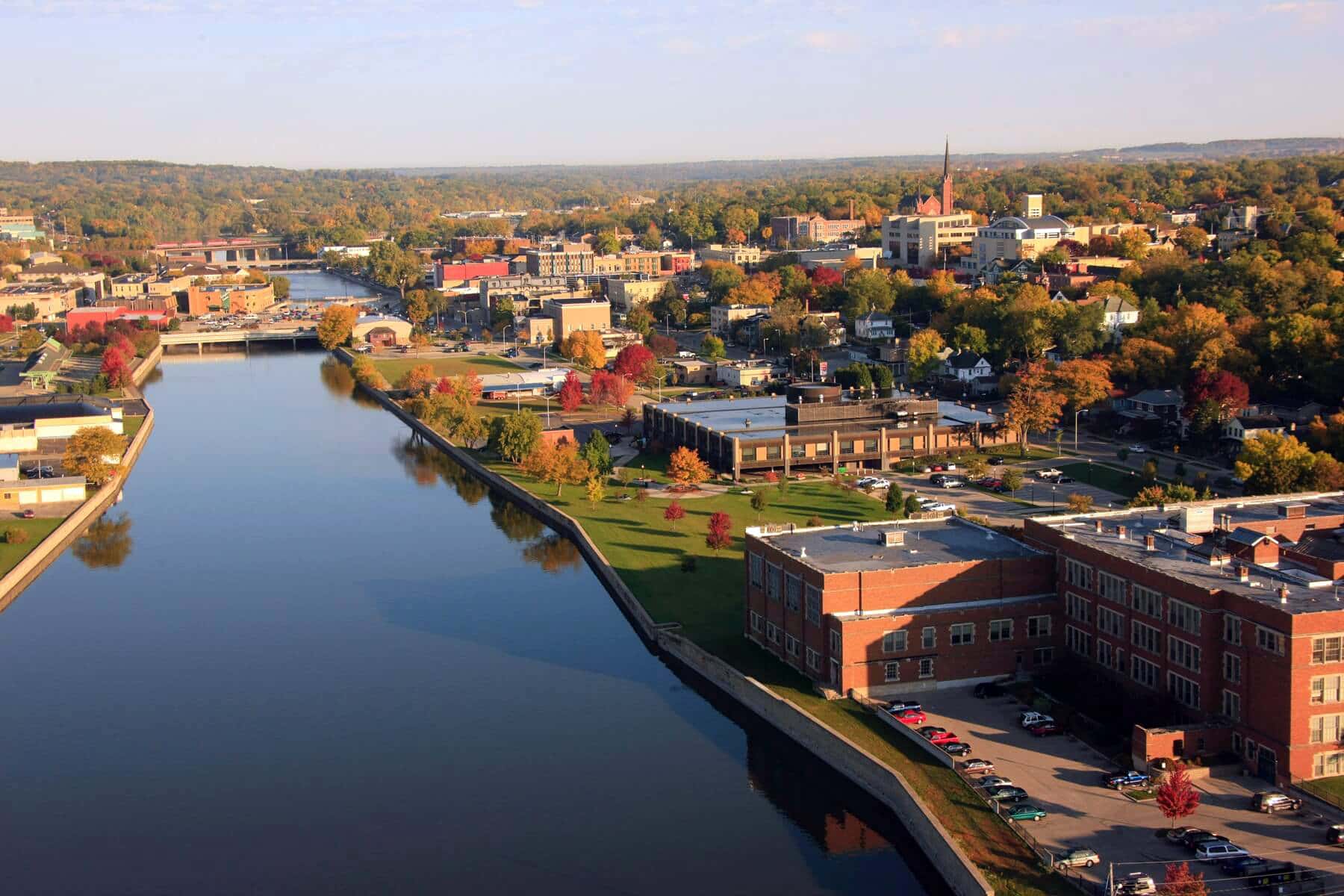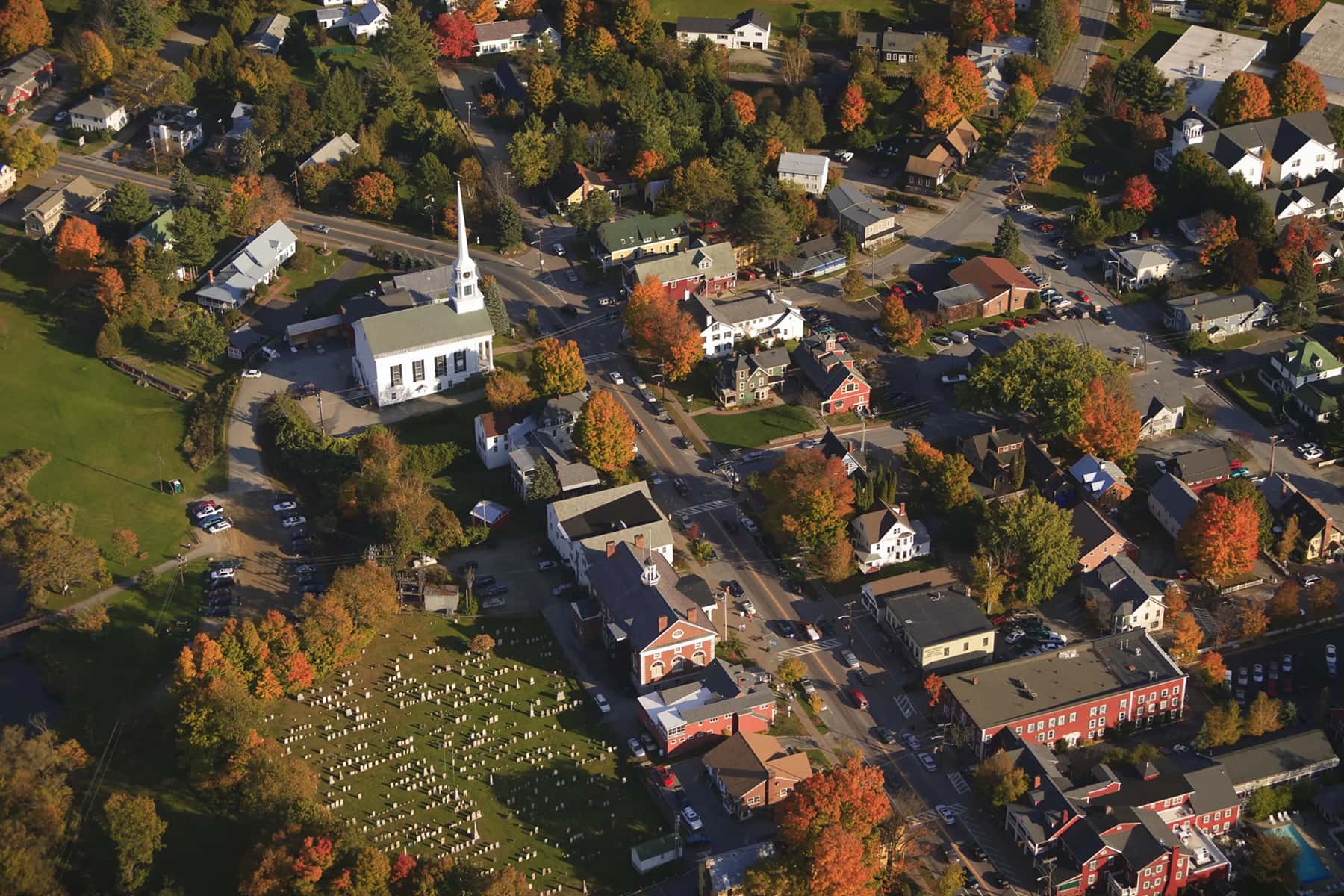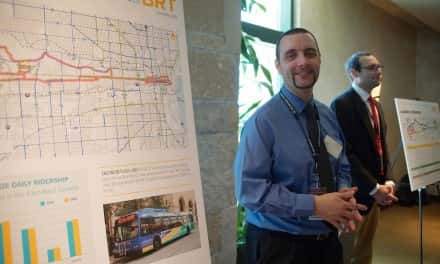
Under a new Federal proposal, 144 cities face a downgrade from the metropolitan statistical area designation, including five in Wisconsin that could impact how they receive funding and support for economic development.
The new guidelines would define a metro area as having a population of at least 100,000 people in its core city. For the past 70 years that threshold has been half, only 50,000. Wisconsin cities affected under the former metro designation include Wausau-Weston (population 74,632), Oshkosh (population 74,495), Fond du Lac (population 54,901), Sheboygan (population 71,313), and Janesville (population 69,658).
The Office of Management and Budget received the recommendation for demotion from a committee of federal statistical agencies, explained in a document with the mammoth title of Recommendations from the Metropolitan and Micropolitan Statistical Area Standards Review Committee to the Office of Management and Budget: Changes to the 2010 Standards for Delineating Metropolitan and Micropolitan Statistical Areas. The intent of the proposal was noted for purely statistical purposes, however, population sizes are typically used for calculating funding formulas.
Reimbursement programs like Medicare, transportation, and housing are tied to the statistical areas of a metropolitan community. The resulting classification change have raised concerns with some city officials across the country. Rural communities are concerned that the downgrade to a “micropolitan” area would increase competition for federal funding that was directed for rural areas.
But statisticians believe that the change of designations is long overdue. The population of the United States has more than doubled since 1950. Even political representation has been adversely affected, due to the artificial cap placed on the House of Representatives that has not reflected population shifts and demographic increases in decades. That restrictive limit has given rural areas disproportionate political clout.
In a separate proposal, the U.S. Census Bureau is considering a change to the definition of an urban area. The proposal would use housing instead of people for distinguishing urban from rural. An area will be considered urban if it has 385 housing units per square mile, roughly the equivalent of 1,000 people per square mile, under the new proposal. The current standard is 500 people per square mile.
The Census Bureau said the changes were needed to comply with new privacy requirements, and the alternative measure offered more direct data about population density.
But urban reclassification is not a new issue. In 2014, the Congressional Research Service investigated the impact of county reclassifications, and published a 12-page report. But the document did not answer the central question of how reclassification might affect federal funding for a local government.















